How Slices And Pulls Are Linked
In this video, Dan Grieve explains how slices and pulls are linked and why this is so important to understand
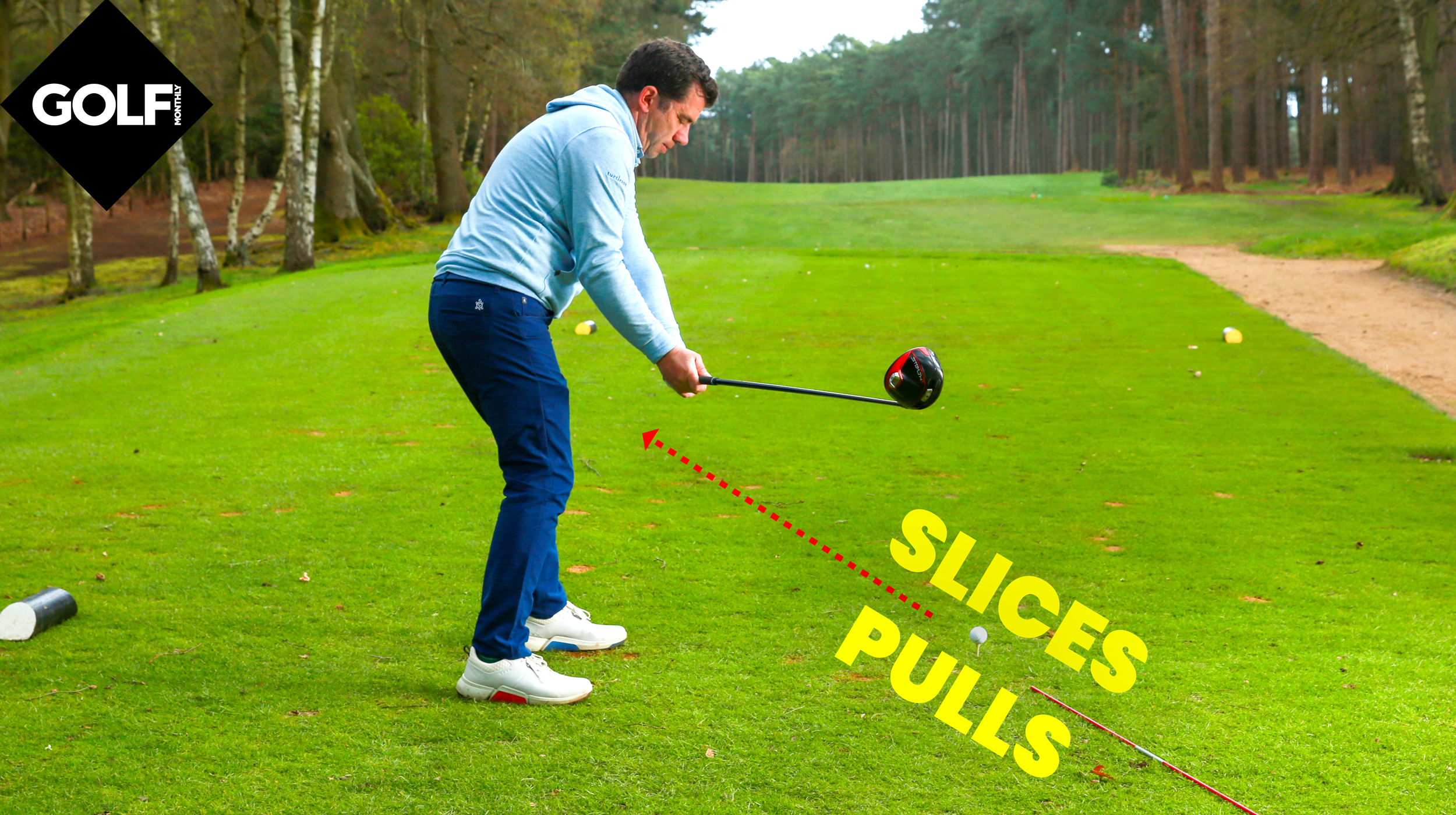

Golf Monthly created this content as part of a paid partnership with TaylorMade. The contents of this article are entirely independent and solely reflect the editorial opinion of Golf Monthly.
How slices and pulls are linked
It’s easy to regard the pull and the slice as two completely different shots when they end up on opposite sides of the hole, 100 yards away from each other. They are, however, very much part of the same family. In this video and article, Golf Monthly Top 50 Coach Dan Grieve explains how they are linked, and how understanding this can help you to cure both and hit the ball straight.
A pull goes straight left for a right-handed golfer. My target here (see below) is represented with the white alignment rod. The red rod is the club path, while the yellow rod is the clubface. If the clubface (yellow) matches the club path (red), that will give you a straight pull to the left.
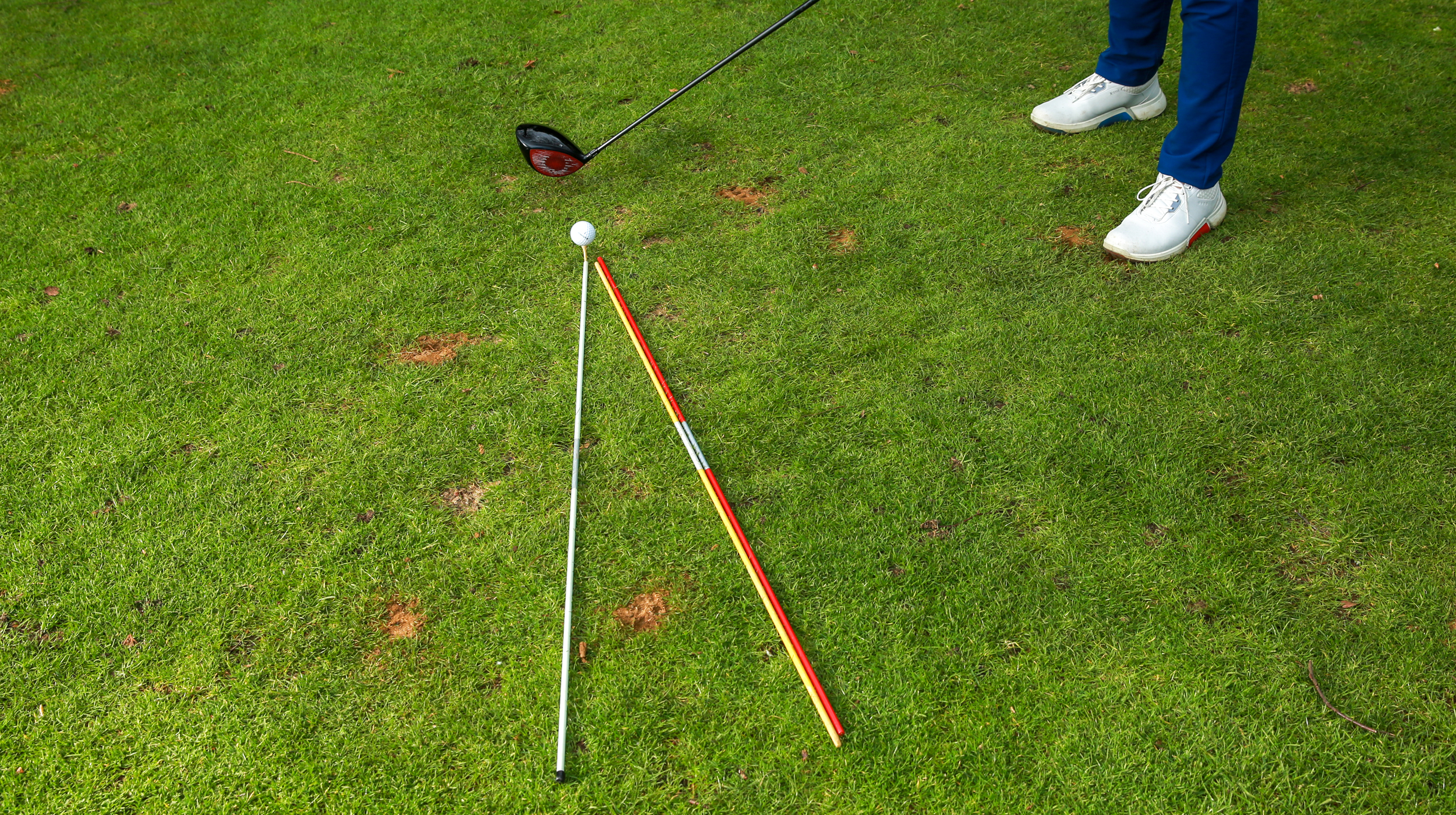
This pictures demonstrates the pull shot
If the clubface (yellow) is open to the club path (red), the ball is going to slice – and the more open it is, the more it will do so (as below). So, although the clubface is the variable, what is fixed is the direction of travel of the club path.
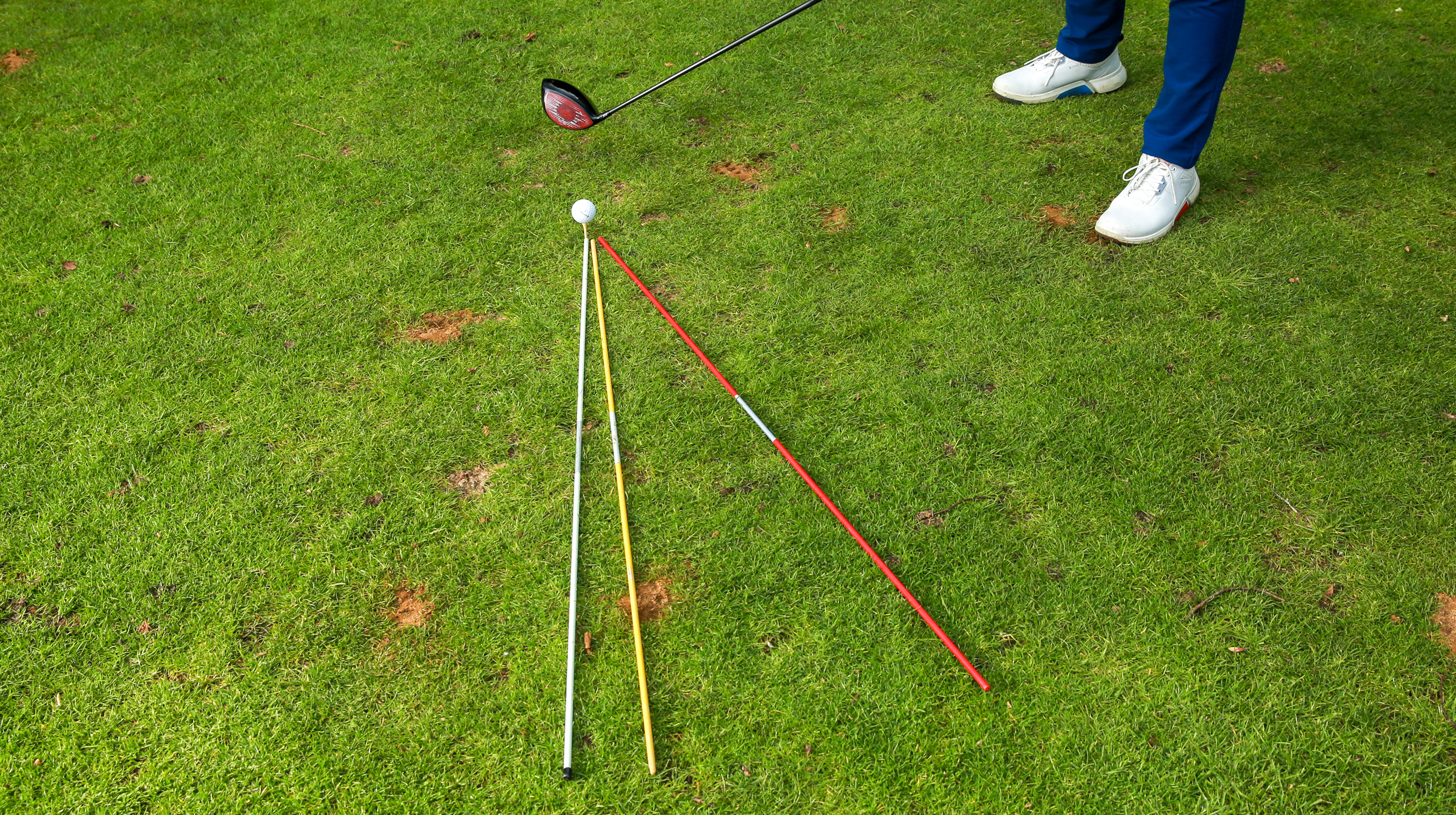
An explanation of why you might be slicing the ball
The natural tendency when you repeatedly look up to see your ball sailing right of target is to aim further and further left, but this will only aggravate the problem. That’s because you’ll force the club to travel on an even greater out-to-in path in order to cut across the ball and shape it towards the target. And if you happen to release the club well the outcome will be a disastrous left shot. Luckily, the fix is often simpler than you think.
Whether you’re slicing or pulling, the fix usually involves getting the clubhead more in behind you so you’re swinging more on the inside. Here are some tips on how to stop slicing the ball. Should your bad shot be a pull, here are some tips on how to stop pulling the ball.
Get the Golf Monthly Newsletter
Subscribe to the Golf Monthly newsletter to stay up to date with all the latest tour news, equipment news, reviews, head-to-heads and buyer’s guides from our team of experienced experts.

Location: Woburn GC
Dan is one of the leading coaches in the UK, a Fellow of the PGA and a short-game virtuoso. He has had considerable success with a collection of tour pros, helping them to Order of Merit titles and major victories, and his Short Game School is the most attended in the UK. His students, past and present, include Charley Hull, Georgia Hall, Inci Mehmet and Iona Stephen.
Most common problem:
Swing – over the top , help by getting the basics correct at address and making them aware how to get the club online coming down.
Short game – creating spin and feel around the greens, help by educating on what the short game actually is (weak on purpose) and understand bounce and how they can apply it to different lies/situations.
Greatest success story:
Helping Georgia Hall from World No. 450 to No. 6 and winning a Major, two Order of Merits and Solheim Cup appearances.
Greatest teacher:
Alex Hay was a great influence during my first few years at Woburn. In sport more generally Sir Clive Woodward has taught me how to deliver at the highest level.
Most common fault:
Flipped right hand (hands behind the ball). Understand a correct coil/load going back and how to sequence better coming down so the chest opens up and gives the arms space to deliver a stronger impact. Lots of body action drills to enhance the feel, with and without the ball.
-
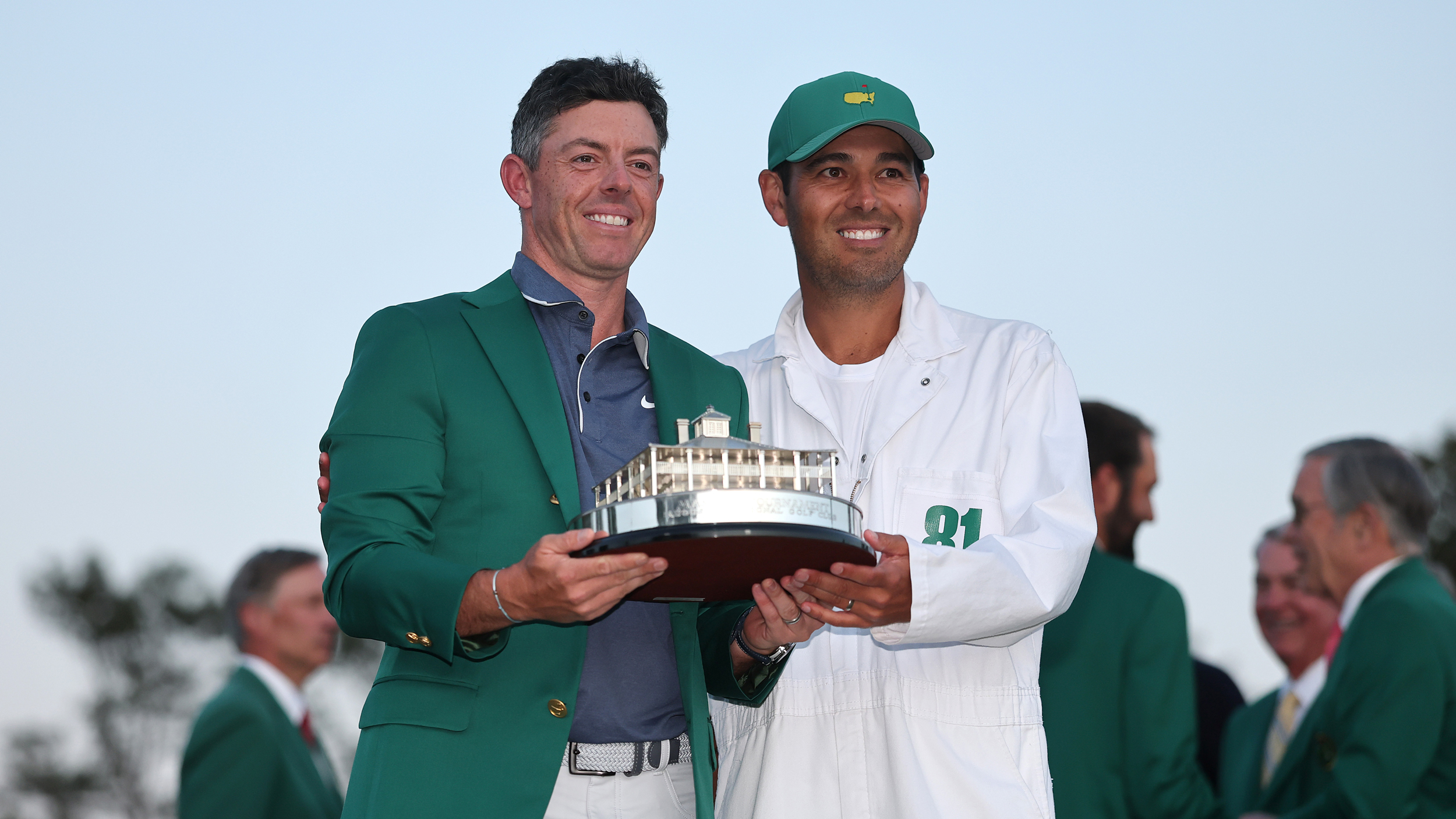 'This One Is Just As Much His As It Is Mine' - Rory McIlroy Pays Emotional Tribute To 'Big Brother' Harry Diamond After Historic Masters Win
'This One Is Just As Much His As It Is Mine' - Rory McIlroy Pays Emotional Tribute To 'Big Brother' Harry Diamond After Historic Masters WinThe 2025 Masters champion couldn't hold back the tears when discussing the importance of his relationship with caddie Harry Diamond
By Elliott Heath Published
-
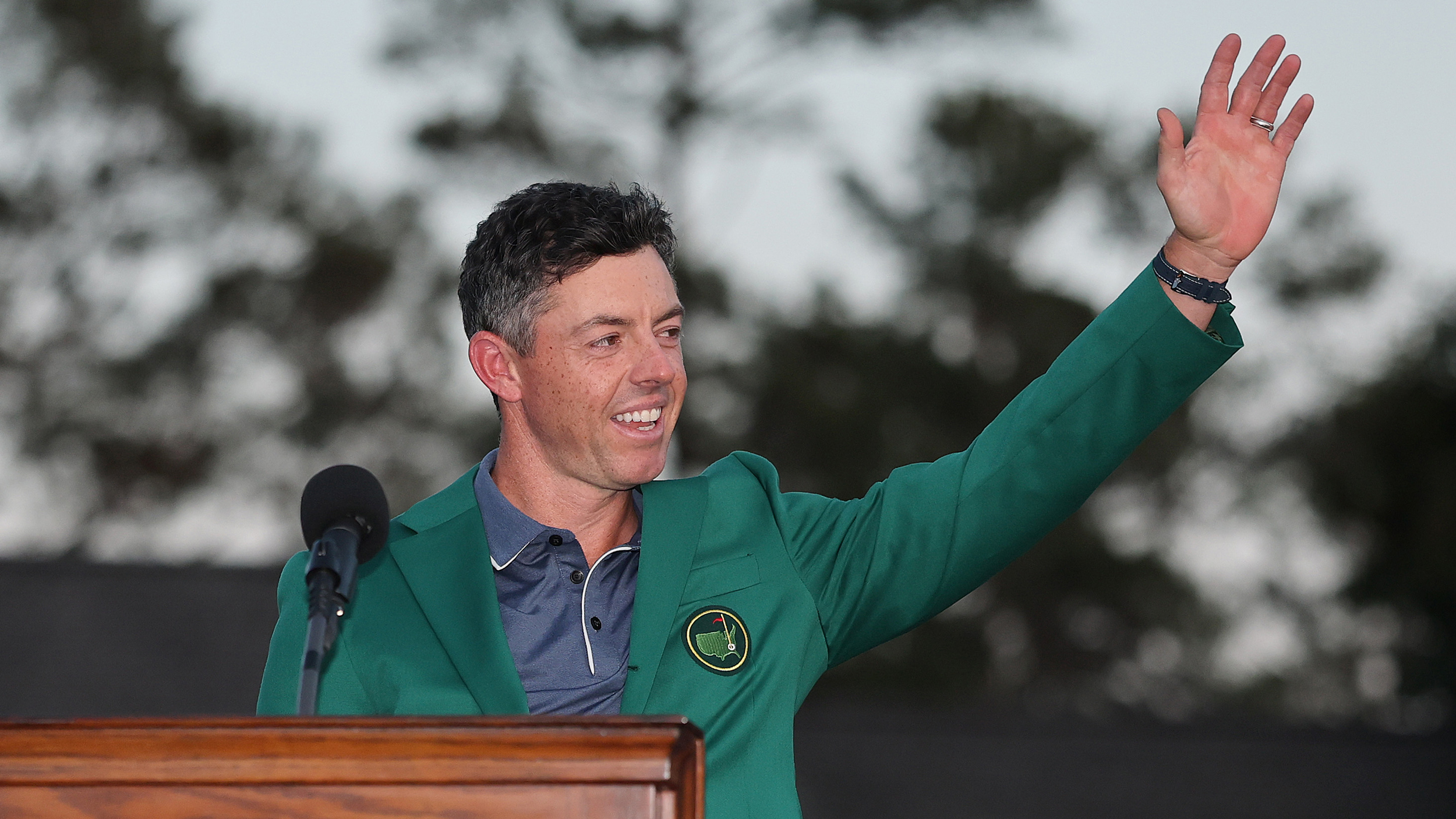 Rory 2.0 Was Born At The 2025 Masters... McIlroy Is Now Free Of His 11-Year Major Burden
Rory 2.0 Was Born At The 2025 Masters... McIlroy Is Now Free Of His 11-Year Major BurdenThe Northern Irishman dug deeper than he ever had to get over the line and finally seal the missing green jacket to his career grand slam puzzle
By Elliott Heath Published